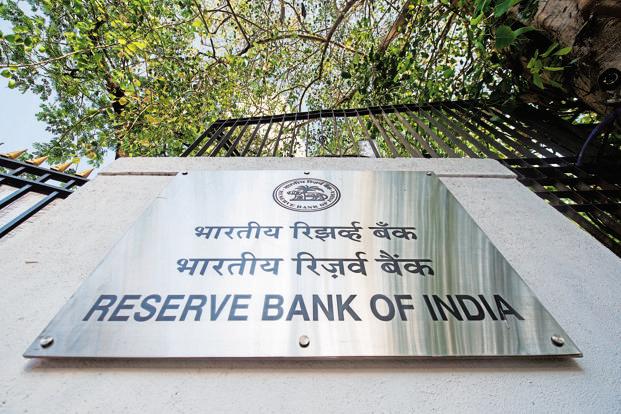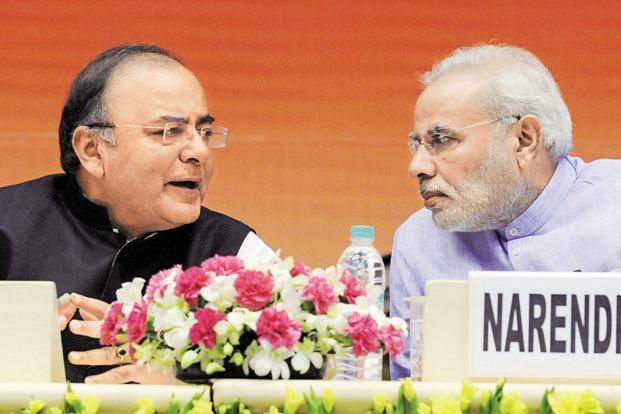P. Satish, executive director of Sa-Dhan, the oldest industry body for Indian microfinance, and Ratna Vishwanathan, chief executive of Microfinance Institutions Network (MFIN), a relatively younger body which has all large for-profit microfinance institutions (MFIs) as its members, aren’t very happy these days. Yes, the historic decision to ban Rs1,000 and Rs500 notes has contributed to their unhappiness as this has affected the entire industry—particularly those entities which operate in rural India. However, this could be a temporary phenomenon. The reason behind their grumpiness is something that the industry has been grappling with for quite some time now. An October newspaper report spoke about this—loan defaults in 10 villages of Wardha district in Maharashtra.
A very high level of indebtedness and tough recovery techniques adopted by MFIs have led to many villagers seeking government intervention, regional daily Loksatta reported. Quoting the report, a flash note by Religare Institutional Research in the last week of October (written by Parag Jariwala and Vikesh Mehta) said the Wardha phenomenon “epitomises a widespread problem for the MFIs, placing the sector on the brink of a sharp correction that will ratchet up NPAs and credit costs”.
Vishwanathan organized a meeting of the for-profit MFIs, small finance banks, business correspondents and the banks—all lenders to low-income clients—in Mumbai in the first week of November to frame a common set of principles or compliance framework, even as Satish sent a Sa-Dhan inspection team to Tamil Nadu, Madhya Pradesh and West Bengal, where certain districts are being overheated by aggressive lending. This is the third such on-field inspection being undertaken by Sa-Dhan.
As self-regulatory organizations (SROs), both Sa-Dhan and MFIN have tough tasks ahead as the Rs64,000 crore Indian microfinance industry has started seeing defaults, pipelining (a group of borrowers being used as a proxy for one person who is taking the money), and over-lending in some pockets.
What was complicating the situation further was that many money lenders were masquerading as MFIs. During the field visits, the Sa-Dhan team identified at least 20 such entities operating in Mysuru. Sri Chamundeshwari Finance, Sri Siddarameshwara Finance, Sowbhagya Laxmi, Srirama Finance, Kaveri Sphoorthi Finance, Mahalaxmi Finance and many others, posing as MFIs, were charging more than 40% interest and also collecting a security deposit of 7% on loan amount and a service charge of 3.5%.
Under the Reserve Bank of India (RBI) guidelines, an MFI cannot charge more than 26% interest rate; for relatively large MFIs, the spread between the cost of money taken from banks and interest rate charged on the borrowers is kept at 10%. Besides, they are also not allowed to ask for security deposits. Almost 70% of large MFIs currently charge an interest rate of 24% or below.
Armed with political links, these unregulated entities are creating huge reputation risks for the responsible MFIs. Similar outfits are reported from Uttar Pradesh (UP) and West Bengal also. One such entity is ‘Turanta’ in Mirzapur in eastern UP. The lending and recovery by this entity are both ‘turant’ (fast), being implemented with strong-arm tactics.
While this is a law and order issue and the SROs can do very little except for seeking help from the local administration, another area of concern is the high growth of some of the MFIs. At least 14 MFIs have grown at least 100% and up to 421% in fiscal 2016, even as the industry grew 31% with the share of the for-profit MFIs at least 88%. The top 10 MFIs account for 69%, or Rs43,887 crore, of the loan portfolio. The total number of clients served by the industry rose to 39.9 million last year and a majority of these clients are being served by large for-profit MFIs. In fact, large MFIs with at least Rs500 crore loan portfolios are responsible for reaching out to a little more than 85% of the clients.
The list of MFIs that had been growing very aggressively till the recent turmoil includes Hindusthan Microfinance Pvt. Ltd (421%), Janalakshmi Financial Services Ltd (191%), Sarala Development and Microfinance Pvt. Ltd (175%), SV Creditline Pvt. Ltd (142%), Annapurna Micro Finance Pvt. Ltd (132%), Samasta Microfinance Ltd (128%), Village Financial Services Pvt. Ltd and ASA International India Microfinance Pvt. Ltd (both 126%). These figures pertain to fiscal year 2016, ending in March.
While Janalakshmi will soon become a small finance bank, another small finance bank licence holder, RGVN (NE) Microfinance Ltd too has reported more than 100% loan growth (113%).
Based on data from credit information bureaus in terms of the number of MFIs present in a district, growth in loan portfolios, active clients and disbursements, Sa-Dhan had identified 10 districts as overheated. They were North 24 Parganas and South 24 Parganas (West Bengal); Kanchipuram, Cuddalore and Coimbatore (Tamil Nadu); Mysuru and Hasan (Karnataka); Indore (Madhya Pradesh); Pune (Maharashtra); and Thrissur (Kerala). State-wise, Himachal Pradesh recorded the maximum loan growth last year (1,075%) albeit on a minuscule base, followed by Haryana (129%), Punjab (120%), Puducherry (115%) and Kerala (105%).
Two disturbing trends were being noticed. One, some of the large MFIs had started playing the role of predators. They were swooping on the customers brought to the credit fold and nurtured by relatively smaller not-for-profit MFIs. And, two, the growth in the loan portfolio of some of the large MFIs was not in sync with the growth in their customer base.
Last year, the RBI had raised the maximum loan limit for a single borrower from Rs50,000 to Rs1 lakh. That encouraged many large MFIs to push more money down the throats of borrowers, leading to over-indebtedness, even though some of them have voluntarily capped the exposure to individual borrowers at Rs60,000, following the code of conduct devised by the SROs.
Indeed, more than 80% of the MFIs have bad loans or the so-called portfolio at risk (when a loan instalment is not paid for more than 30 days) of less than 1%, and only 6% of MFIs have such loans exceeding 5% of their loan books, but the emerging trends can play spoilsport.
RBI’s silence on a critical issue is also adding to the complications. Currently, a borrower cannot take money from more than two MFIs, but once eight large MFIs become small finance banks, can a customer continue with her loan exposure to such entities and raise fresh loans from other MFIs? Technically, she can as small finance banks and MFIs are different entities. If RBI allows this, we may find many small borrowers being over-leveraged and not in a position to pay back. Not a happy omen for an industry that came back from the brink of collapse just five years ago.
Of course, both Satish and Vishwanathan have a bigger task in hand. They need to find ways to tide over the latest crisis, however temporary it is, arising out of the demonetization move. The RBI too has stepped in, relaxing the income recognition norms. For all you know, this could be a blessing in disguise for the industry—the over-aggressiveness of some of the MFIs will abate and hotspots will get cooler after this.



